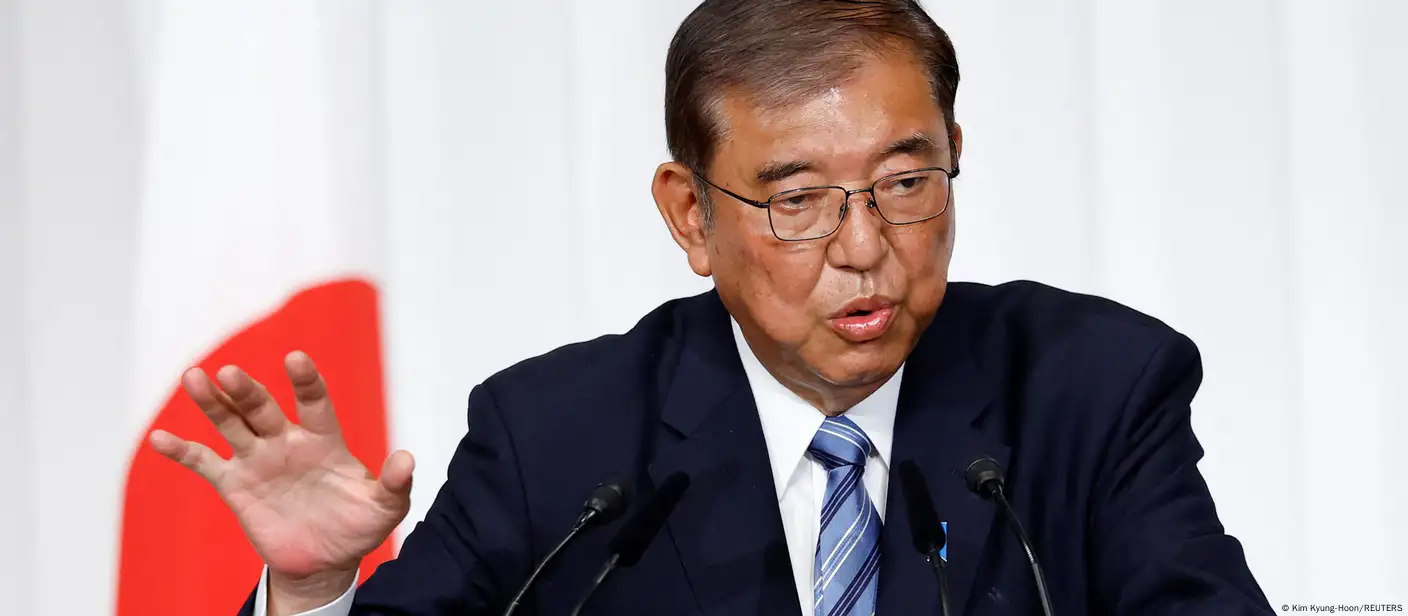When the Liberal Democratic Party (LDP)—Japan’s ruling political juggernaut since 1955—lost its grip on the upper house in yesterday’s elections, it wasn’t just a local political upset. It was a tectonic jolt with global aftershocks. Prime Minister Shigeru Ishiba, once seen as a stabilizing moderate, now finds himself at the helm of a wobbly coalition and on a collision course with Washington.
Let’s unpack what went down—and what’s coming.
What’s Going On?
- The LDP lost control of the upper house for the first time in its 70-year history.
- PM Ishiba refused to resign, vowing to stabilize the party and push through key reforms, including urgent trade negotiations with the U.S.
- The election was seen as a referendum on Ishiba’s economic stagnation, defense policy, and handling of the growing U.S.-Japan tariff standoff.
The Tariff Time Bomb
This meltdown comes just weeks before the U.S. imposes new tariffs on Japanese vehicles and electronics—a move that could decimate Japan’s exports. Ishiba has now prioritized emergency trade talks to prevent a full-blown economic fallout.
- Tariff impact potential: Japan could lose $25 billion+ in auto exports annually.
- U.S. is leveraging its import market to extract defense cooperation and rare-earth access.
- Japan’s response? Fast-track energy diversification and quad alliances with India, Australia, and the U.S.
The Great Global Chessboard
This isn’t just about Japan. It’s part of a larger strategic reshuffle:
- U.S. flexes muscle: Tariffs as economic hardball to control tech supply chains and pressure allies.
- China watches closely: Japan’s political instability could push it toward strategic neutrality.
- India’s opportunity: With Japan distracted, India may expand its Indo-Pacific influence—especially in naval and AI collaboration.
Winners and Losers
Winners:
- Opposition parties in Japan, who now have leverage in coalition formation.
- U.S. negotiators, who can now push harder for favorable trade terms.
- Taiwan and South Korea, as Japan’s weakened position may ease regional rivalries.
Losers:
- Japanese exporters: Facing a tariff wall, especially in autos and consumer tech.
- Global investors: Short-term volatility likely in the yen and Nikkei.
- Ishiba himself: Clinging to power might work for now—but the knives are out.
What’s Next?
Expect a flurry of:
- Coalition bargaining: With Ishiba trying to retain power through patchwork alliances.
- Diplomatic sprints: Urgent visits to Washington, New Delhi, and Brussels.
- Market volatility: Especially around the yen and Japan’s bond yields.
Final Take
Japan’s political crisis is a reminder that even long-standing powerhouses can wobble under economic pressure and geopolitical shifts. Like a sumo wrestler off-balance, Ishiba has little room to stumble again.
Can Japan recalibrate before the tariff clock runs out? Or will this be the moment Asia’s second-largest economy loses its seat at the top table?
Let me know if you want a follow-up on the U.S.–Japan trade negotiations or coalition updates in Tokyo








Comments